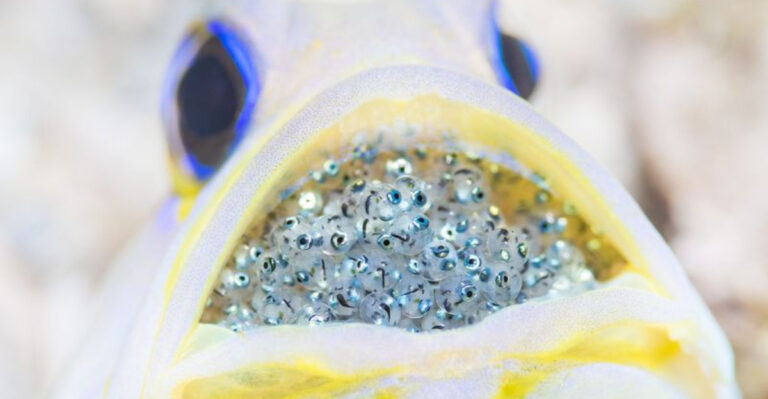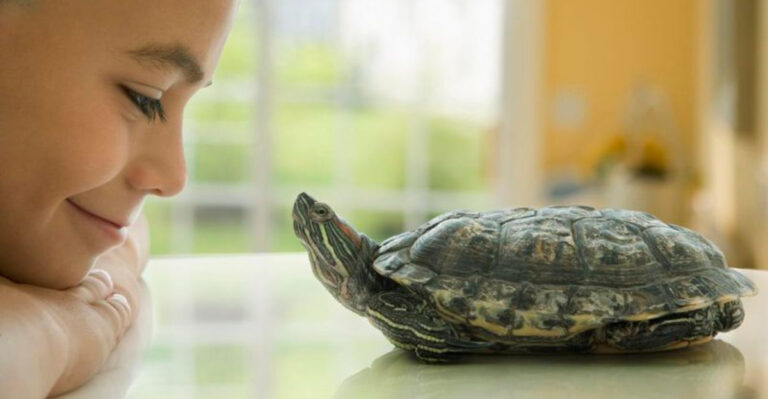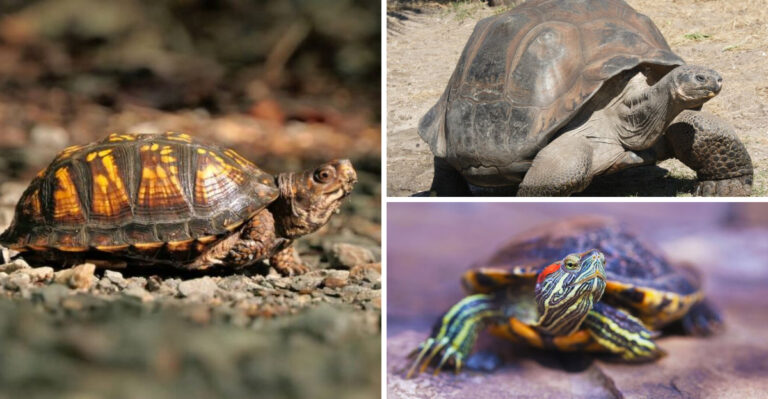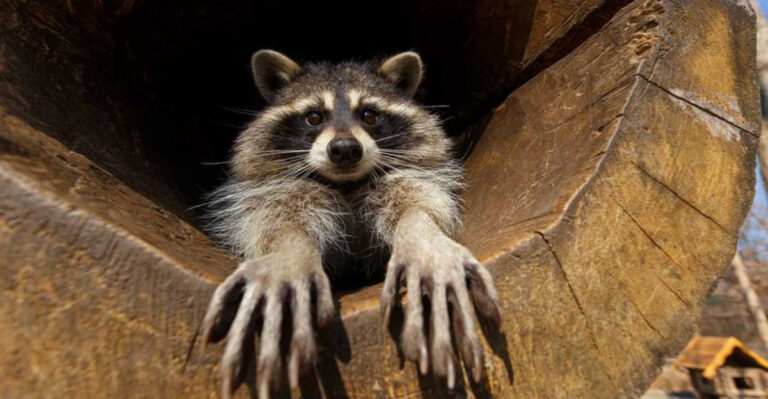14 Wildlife Myths That Everyone Thinks Are True But Are Totally Wrong

We’ve all heard those fascinating animal ‘facts’ that get passed around at parties or shared on social media. But how many of these widely accepted wildlife beliefs actually hold water?
From misunderstood behaviors to completely fabricated traits, our understanding of animals is often clouded by persistent myths.
1. Ostriches Don’t Bury Their Heads In Sand

Contrary to popular cartoons, ostriches never stick their heads underground when threatened. This bizarre myth likely originated from their feeding habits – they dig holes for nests and occasionally dip their heads to turn their eggs.
When truly frightened, these massive birds either sprint away at 45 mph or deliver powerful kicks. Their actual defense mechanisms are far more impressive than the silly hiding technique we’ve attributed to them!
2. Bats Aren’t Blind At All

“Blind as a bat” couldn’t be more wrong! These fascinating mammals actually have perfectly functional eyesight. While they do use echolocation to navigate in darkness, many fruit bat species rely heavily on their vision to find food.
Their eyes are specialized for low-light conditions, similar to cats. Next time someone uses that common expression, you can enlighten them about these misunderstood creatures whose vision works just fine!
3. Goldfish Memory Spans Months, Not Seconds
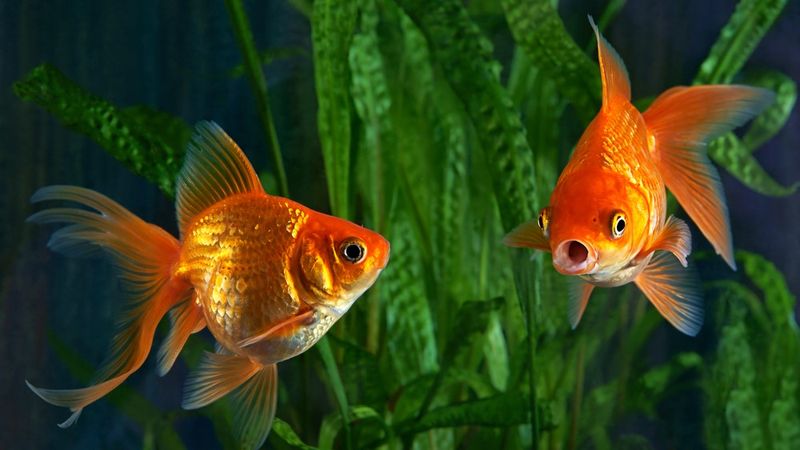
Remember hearing goldfish only remember things for three seconds? Pure fiction! Scientific studies have proven these underwater pets can recognize faces, remember feeding schedules, and even be trained to respond to certain sounds.
Their memory actually lasts for months, not mere moments. These intelligent creatures can learn simple tricks and navigate mazes. The persistent “three-second memory” myth unfairly portrays these cognitively capable fish as mindless swimmers.
4. Bulls Don’t Get Angry At Red Colors
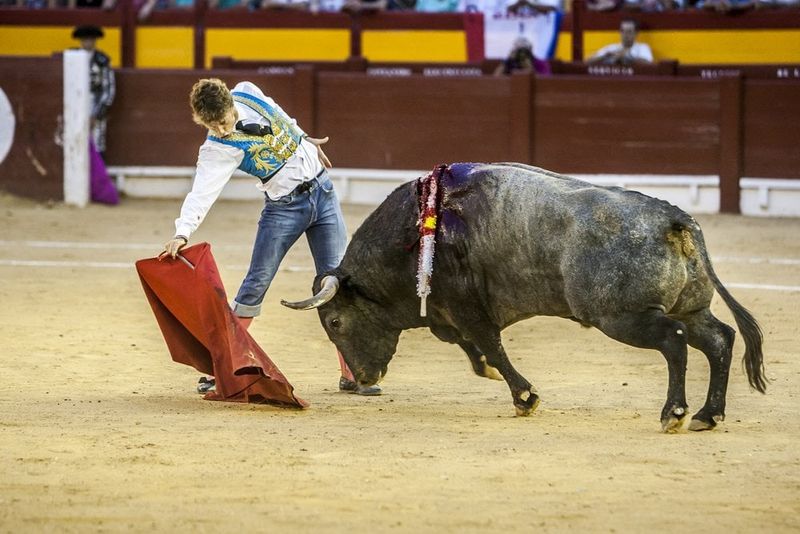
Matadors wave red capes dramatically, but bulls couldn’t care less about the color! These animals are actually colorblind to red. What truly triggers their charging behavior is the cape’s movement, not its vibrant hue.
The matador’s provocative gestures and the cloth’s fluttering motion are what agitate the bull. This misconception has persisted for centuries despite being completely untrue. Bulls would react identically to a blue, green, or purple cape!
5. Touching Baby Birds Won’t Make Parents Abandon Them

Generations of well-meaning adults have warned children: “Don’t touch that fallen baby bird or its mother will reject it!” This widespread belief has no scientific basis whatsoever. Birds have relatively poor sense of smell and won’t abandon their offspring due to human scent.
Most bird parents are incredibly dedicated to their young. If you find a nestling on the ground, the kindest action is often returning it to its nest. Your gentle assistance won’t cause abandonment!
6. Wolves Don’t Howl At The Moon
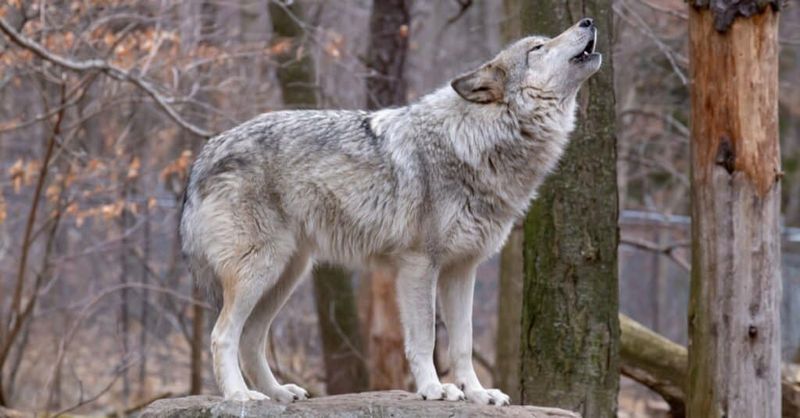
Countless artworks depict wolves with heads tilted skyward, howling at a full moon. While visually striking, this connection is purely coincidental. Wolves howl as a form of communication with pack members, to establish territory, or to locate separated companions.
They point their muzzles upward simply because it projects sound farther. The moon just happens to be in the night sky when these nocturnal animals are most active. Their howling has zero connection to lunar phases!
7. Daddy Longlegs Aren’t Lethal Spiders
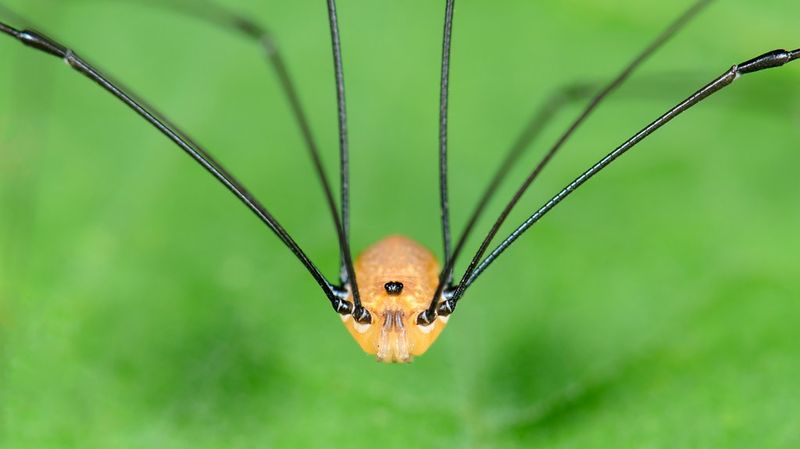
You’ve probably heard that daddy longlegs possess the world’s most potent venom but can’t bite humans due to their tiny fangs. This double-myth is completely false! Most daddy longlegs (harvestmen) aren’t even spiders – they’re a different arachnid order entirely.
They lack both venom glands and fangs. The cellar spiders sometimes also called “daddy longlegs” do have venom, but it’s extremely mild. Neither type poses any danger to humans whatsoever!
8. Toads Don’t Cause Warts

The childhood warning that touching toads gives you warts belongs firmly in the realm of folklore. Human warts are caused exclusively by human papillomavirus (HPV), which amphibians simply cannot transmit to people.
Toads do have bumpy skin that superficially resembles warts, and some species secrete mild toxins for protection. These secretions might irritate sensitive skin but cannot cause warts. Feel free to admire these garden-friendly creatures without fear of warty consequences!
9. Mice Don’t Actually Love Cheese
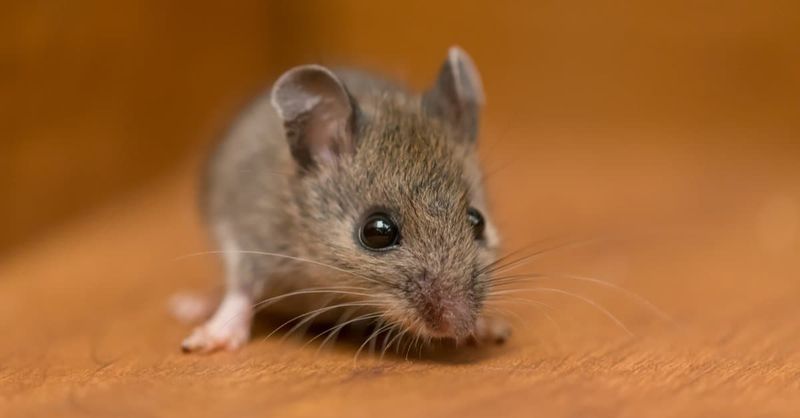
Cartoons have convinced us that cheese is irresistible mouse bait, but rodent researchers know better! Wild mice strongly prefer foods high in sugar and carbohydrates like fruits, grains, and seeds. They’ll eat cheese opportunistically but don’t particularly seek it out.
Their powerful sense of smell actually makes strong-smelling cheeses somewhat off-putting to them. Professional pest controllers use peanut butter or chocolate as bait instead. The cheese-loving mouse stereotype persists despite being mostly fiction!
10. Sharks Don’t Target Human Prey

Movies portray sharks as calculating man-eaters, but these apex predators have absolutely no interest in humans as food. Most shark attacks occur because they mistake swimmers for seals or are simply investigating unfamiliar objects in their environment.
After a single exploratory bite, sharks typically swim away upon realizing humans aren’t their preferred prey. You’re statistically more likely to be killed by a vending machine than a shark! Their fearsome reputation is largely undeserved media sensationalism.
11. Elephants Aren’t Afraid Of Mice
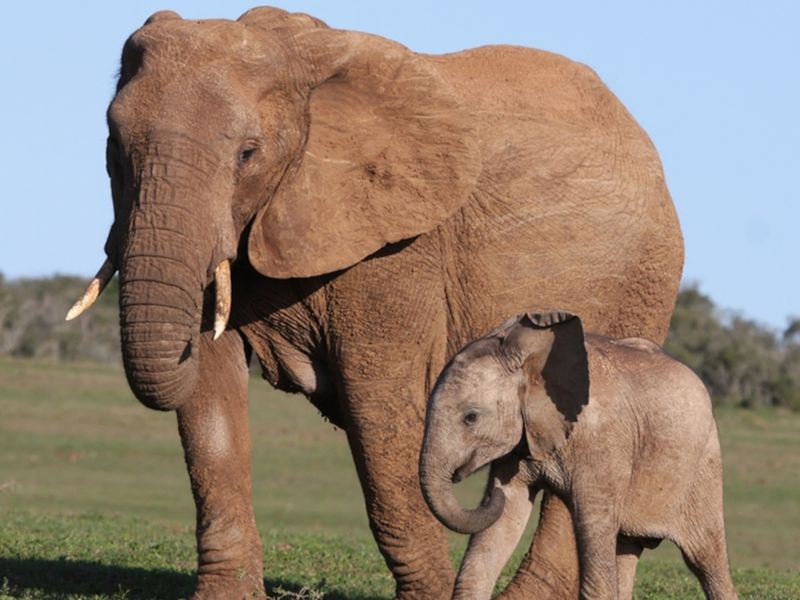
The cartoon trope of massive elephants leaping onto stools at the sight of tiny mice makes for comedy gold – but zero scientific truth. No credible research supports this long-standing myth about pachyderm fears.
Elephants have poor eyesight but exceptional hearing and smell. They might be startled by sudden movements or unfamiliar sounds from small creatures, just as humans might jump at unexpected stimuli. Their reaction is simple surprise, not mouse-specific terror as folklore suggests.
12. Camels Don’t Store Water In Their Humps
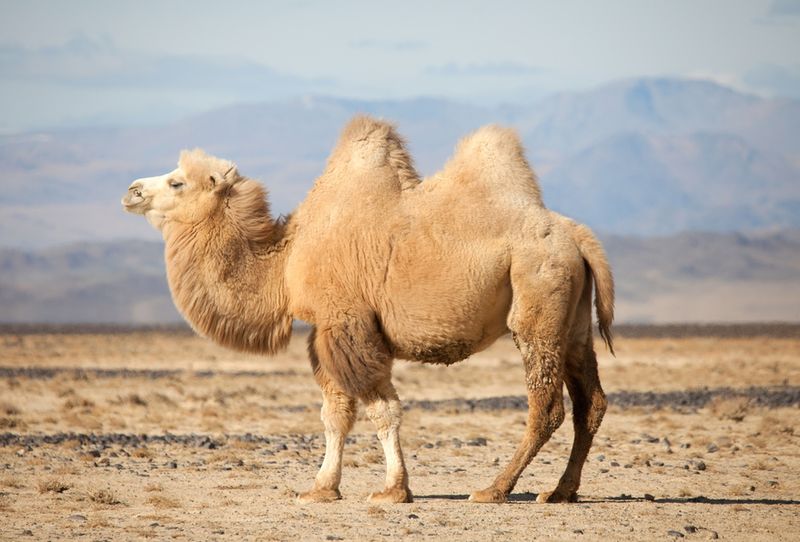
Despite what many textbooks claim, camel humps contain fat, not water! These desert-adapted mammals store concentrated energy in their humps, which can sustain them through food scarcity. The fat concentration also helps regulate body temperature in extreme environments.
Camels’ remarkable water conservation happens throughout their specialized bodies – they have efficient kidneys, can tolerate significant body temperature fluctuations, and produce highly concentrated urine. Their water-saving adaptations are impressive, just not located in their humps!
13. Porcupines Can’t Shoot Their Quills
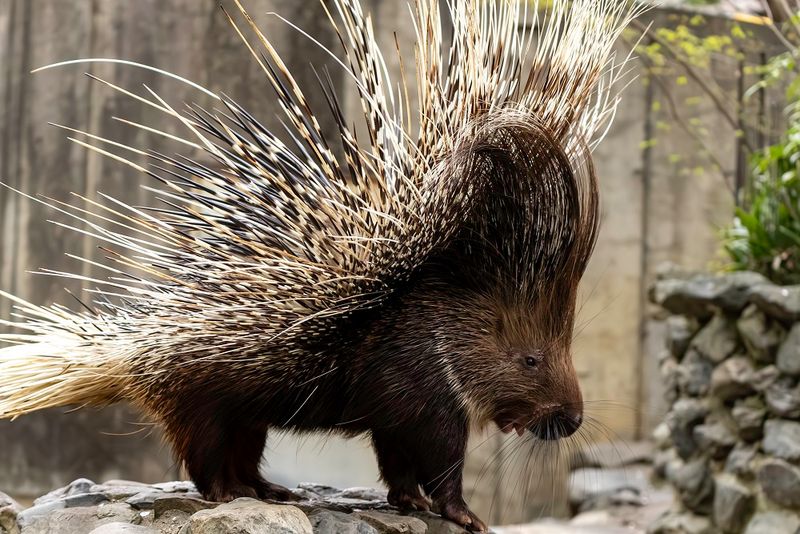
Countless cartoons show porcupines launching quills like projectiles, but these defensive rodents lack the muscular equipment for such impressive weaponry. Their quills are simply modified hairs with barbed tips and are loosely attached to their skin.
When threatened, porcupines raise and rattle their quills, then back into predators. The quills detach upon contact and work their way deeper with movement. This effective defense system works through direct contact only – no shooting required!
14. Koalas Aren’t Perpetually Intoxicated

A persistent internet claim suggests koalas are constantly drunk or high from eucalyptus leaves. While these marsupials exclusively eat eucalyptus, they aren’t intoxicated by it! Their specialized digestive systems efficiently process the plant’s compounds.
Koalas sleep 18-22 hours daily because eucalyptus provides minimal energy, not because they’re in a drugged stupor. Their specialized livers detoxify the plant’s compounds. Their drowsiness comes from a low-calorie diet, not inebriation as commonly believed.

